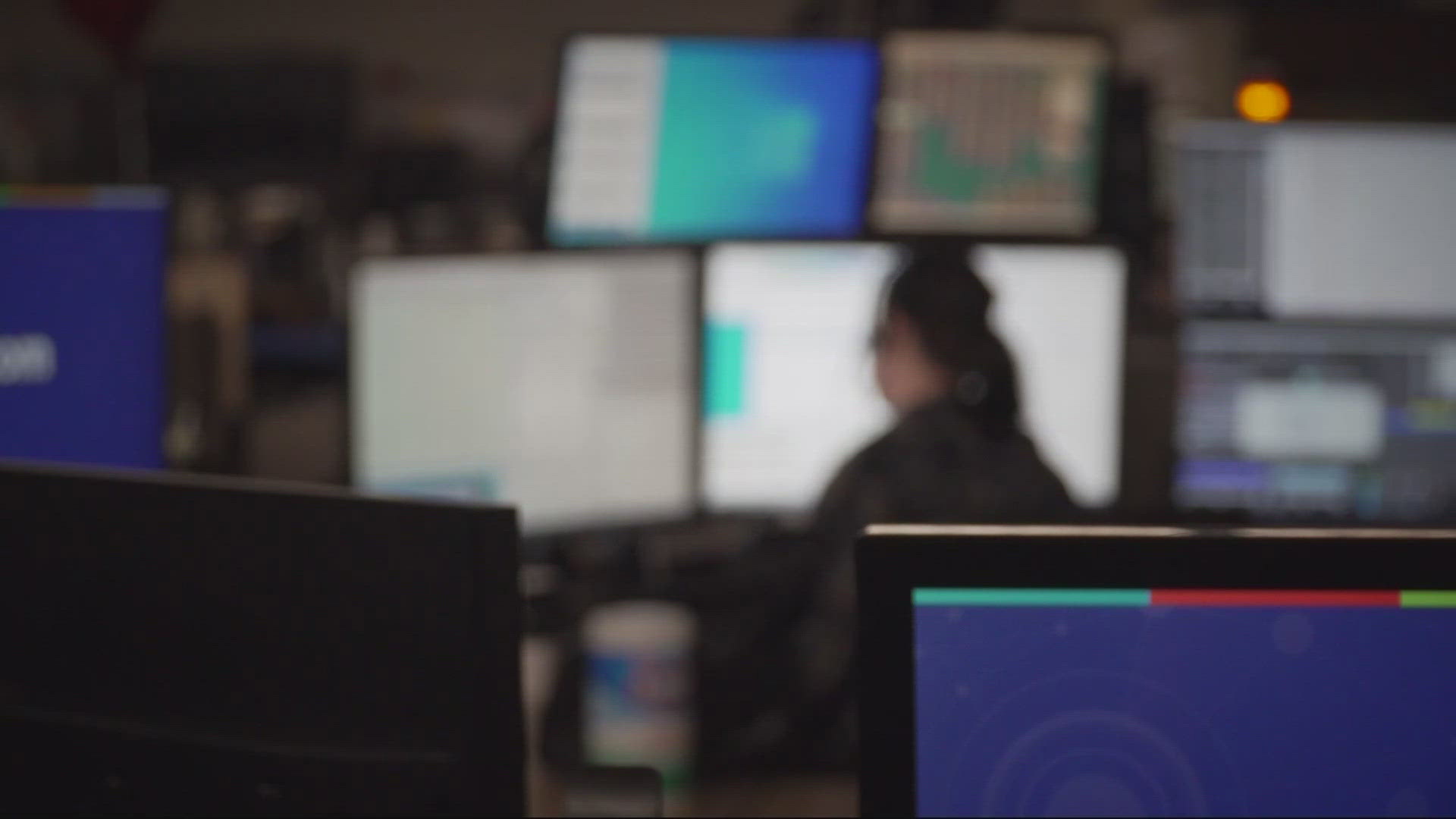CLACKAMAS COUNTY, Ore. — Starting Tuesday in Clackamas County, nurses will handle some of the calls made to 911, in an effort to free up resources for the most critical emergencies. The collaboration between public health leaders and AMR aims to get people the right level of care, which may or may not include transportation to a hospital emergency room.
"The 911 system was developed for serious medical emergencies that are believed to be life-threatening or could become life-threatening. However, sometimes people call 911 for low acuity calls that maybe an emergent ambulance response isn't the best option for," said Bill Conway, the Public Health Emergency Services Manager for the county.
Because dispatchers say they're getting more of these less serious calls, some callers might get transferred to what's called a "nurse navigator" — someone licensed and trained to provide the most appropriate kind of care.
"We don't want it to ignore these calls. People are calling for a reason," Conway said.
He explained that this program is one of the solutions to a widespread shortage of paramedics and first responders.
"Improving staffing and adding ambulances is one answer to the EMS issue, but we think that another answer is to actually better utilize the resources that we currently have," said Conway.
If an operator determines an ambulance isn't the way to go, a nurse would offer other assistance such as a referral to a clinic or primary care provider, or scheduling transportation to an appointment or setting up a virtual one.
"There's lots of really good options that are appropriate and actually more beneficial to the patient versus waiting in an emergency department where they may or may not get what they're looking for," Conway said.
Last year, Clark County dispatchers launched a similar program. Conway said Clackamas County officials looked to that effort — and several others across the country — for guidance, and found that they've had a lot of success. And the point is a simple one: a faster response for those who need it most.
"That's the whole idea, right? So we're taking all these calls that would normally get an ambulance and possibly a fire resource, we're taking them completely out of the 911 system," Conway said. "What we're hoping is that you reduce the number of calls you have, and more units available for the life threatening emergencies."

